(CLO) North Korea claimed to have launched an intercontinental ballistic missile on October 31, a move that South Korean officials said could be related to the development of a new solid-fuel rocket engine.
Military officials in South Korea say North Korea's missile program has made significant progress. Here are some of the features of solid fuel technology and how it could help a nuclear-armed North Korea improve its missile systems.

A Hwasong-18 intercontinental ballistic missile is launched during a North Korean military drill on December 18, 2023. Photo: KCNA
Some advantages of solid fuel rockets
Solid-fuel missiles do not need to be refueled immediately before launch, are generally easier and safer to operate, and require less logistical support, making them harder to detect than liquid-fuel weapons.
“These capabilities are more advantageous in times of crisis,” said Ankit Panda, a senior fellow at the US-based Carnegie Endowment for International Peace .
What is solid fuel technology?
Solid propellants are mixtures of fuel and oxidizer. The fuel is usually a metal powder such as aluminum, while the most common oxidizer is ammonium perchlorate (a salt of perchloric acid and ammonia).
The fuel and oxidizer are bonded together with a hard rubber material and packaged in a metal housing.
As the solid fuel burns, oxygen from the ammonium perchlorate combines with the aluminum to create a huge amount of energy and temperatures of more than 2,760 degrees Celsius, creating thrust and lifting the rocket off the launch pad.
Who owns this technology?
Solid fuels originated from fireworks invented by the Chinese centuries ago, but made great strides in the mid-20th century, when the United States developed more powerful fuels.
North Korea uses solid fuel in a range of small short-range ballistic missiles, as well as in its new Hwasong-18 intercontinental ballistic missile.
The Soviet Union deployed its first solid-fuel ICBM, the RT-2, in the early 1970s, followed by France developing the S3, also known as the SSBS, a medium-range ballistic missile.
China began testing solid-fuel ICBMs in the late 1990s.
South Korea also said it had acquired "effective and advanced" solid-fuel ballistic missile technology, although so far it has only been small missiles.
Solid - liquid comparison
Liquid fuels provide greater thrust and power, but require more complex technology and greater weight.
Solid fuels are dense and burn fairly quickly, providing thrust for a short period of time. Solid fuels can be stored for long periods of time without decomposing, a common problem with liquid fuels.
North Korea said the development of the Hwasong-18 solid-fuel missile would "greatly boost" its nuclear counterattack capability.
After the first launch last year, South Korea's Defense Ministry sought to downplay the seriousness of the test, saying North Korea would need "more time and effort" to master the technology.
Ngoc Anh (according to Reuters)
Source: https://www.congluan.vn/ten-lua-nhien-lieu-ran-la-gi-va-tai-sao-trieu-tien-lai-phat-trien-chung-post319335.html




![[Photo] General Secretary To Lam attends the 80th Anniversary of the Cultural Sector's Traditional Day](https://vstatic.vietnam.vn/vietnam/resource/IMAGE/2025/8/23/7a88e6b58502490aa153adf8f0eec2b2)






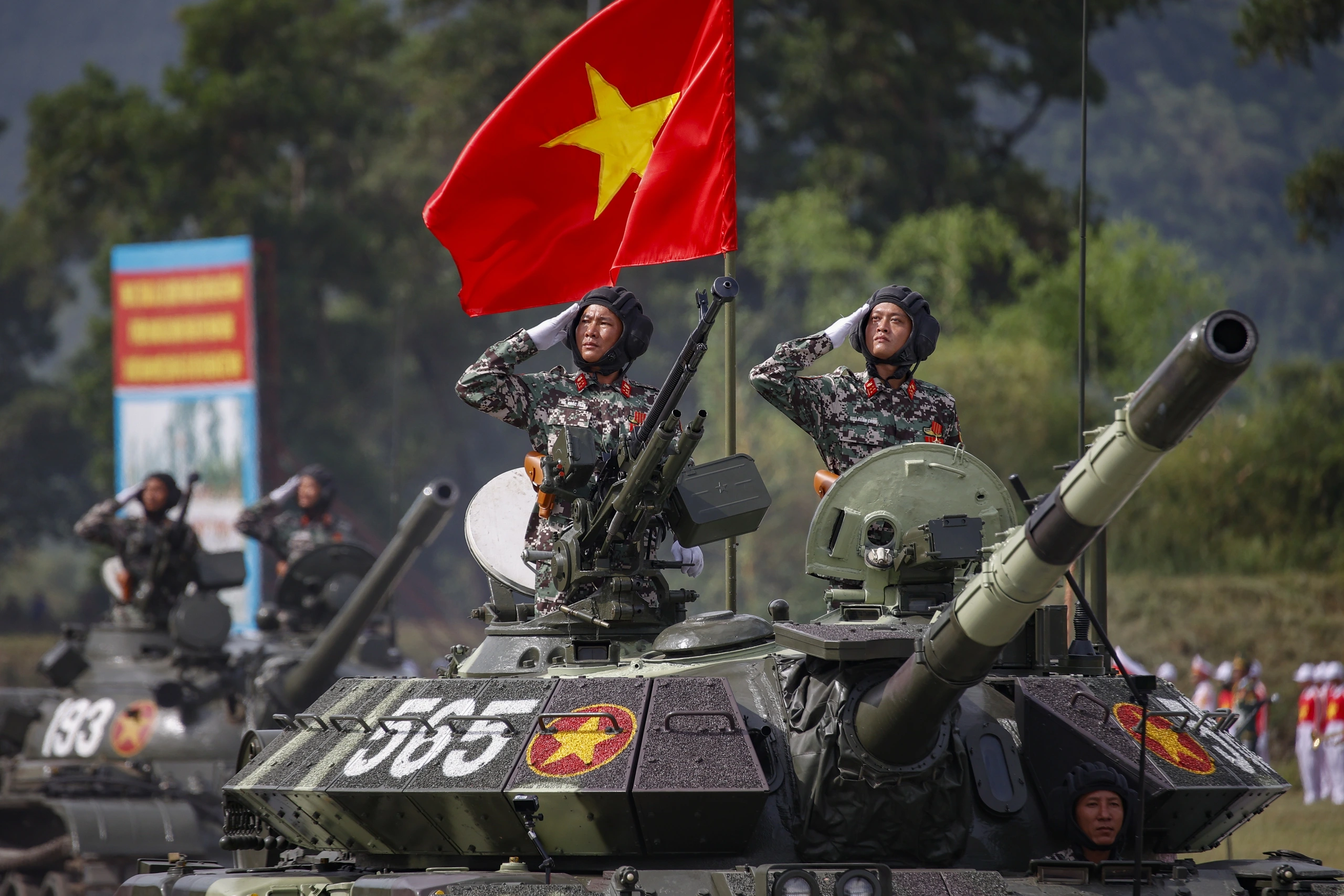







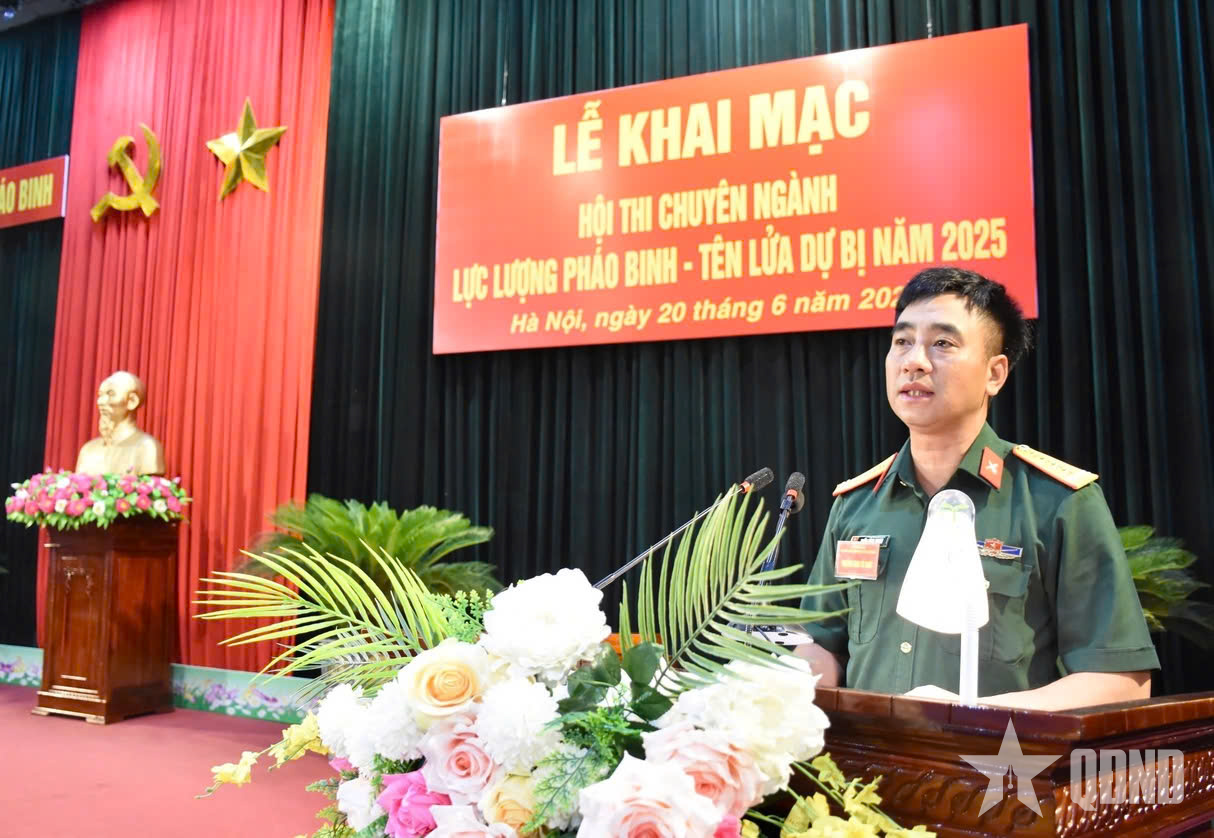







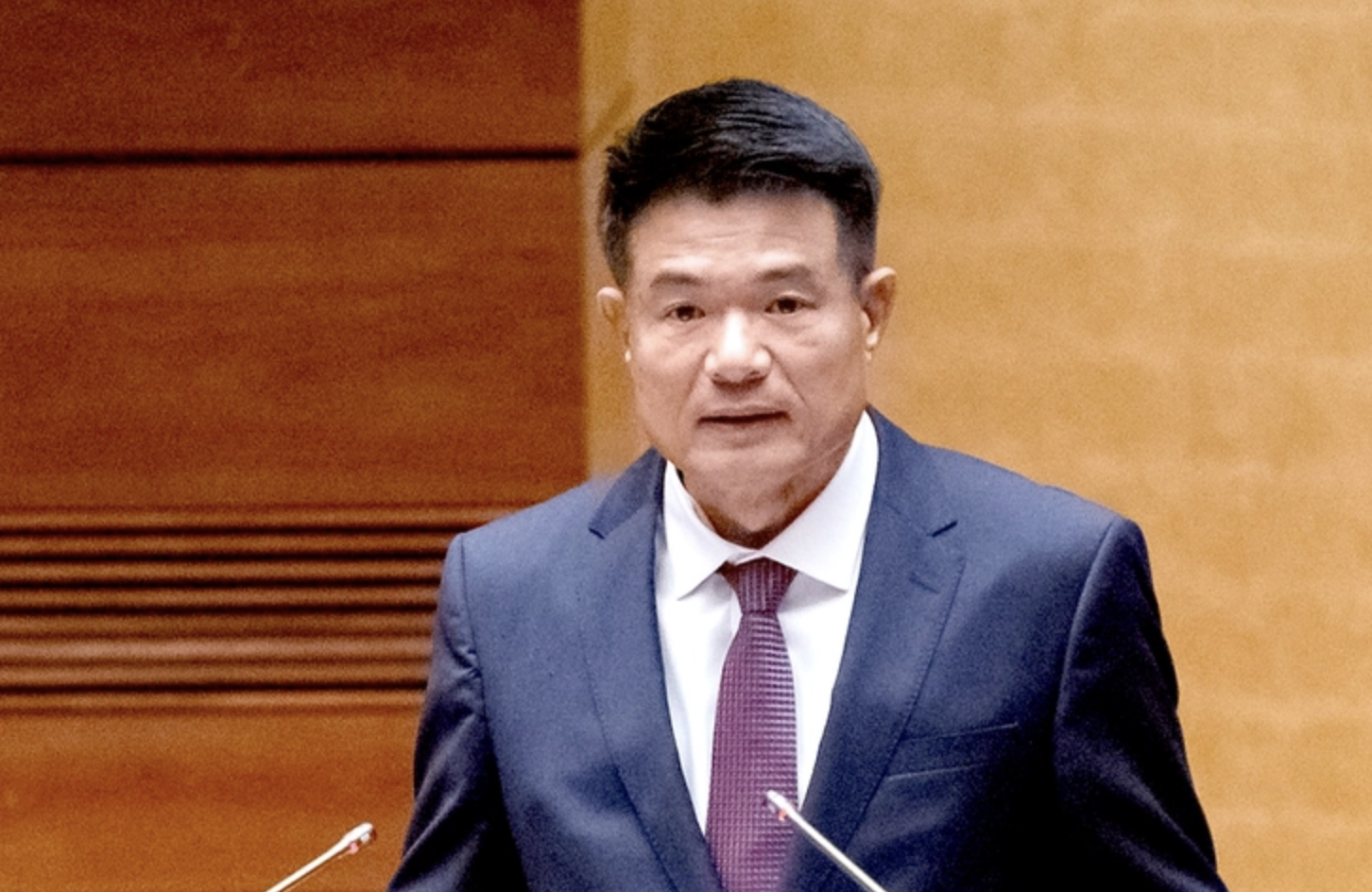
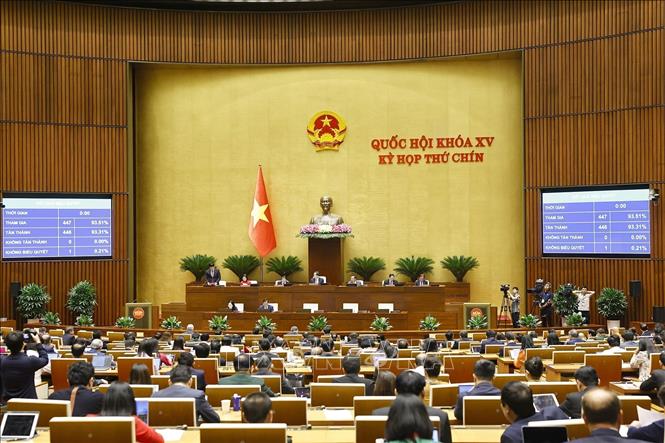















































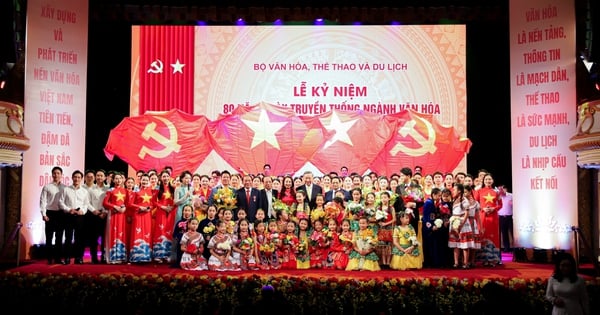

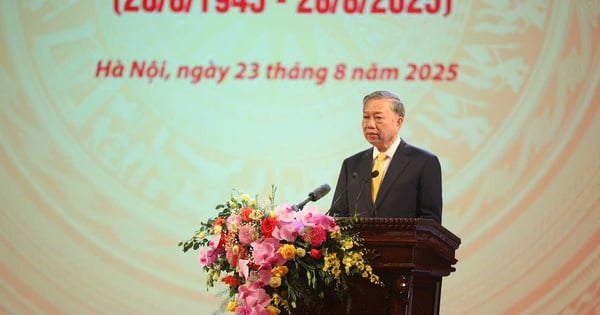
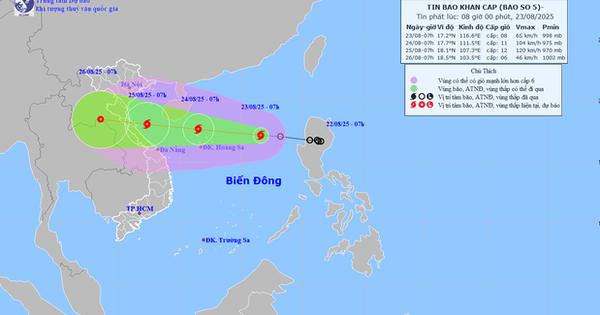







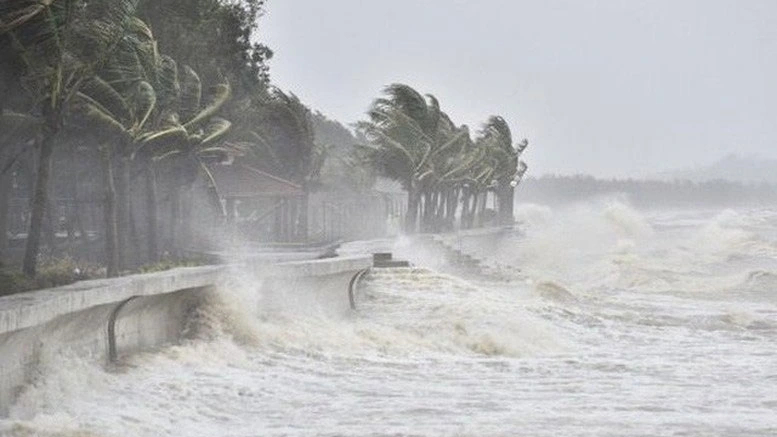

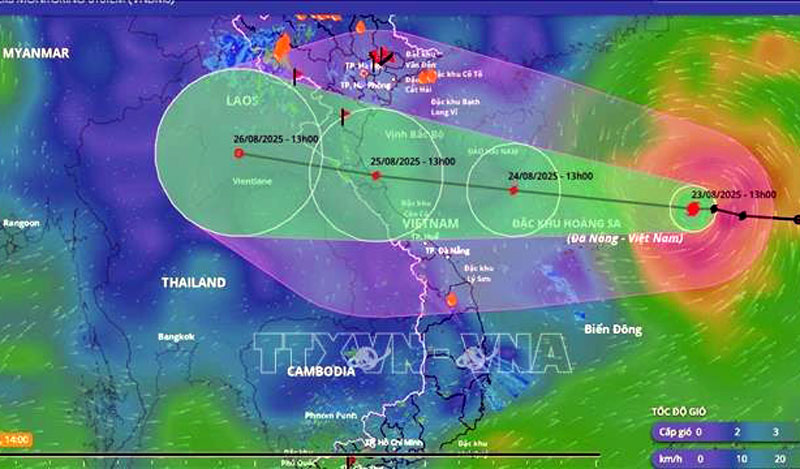





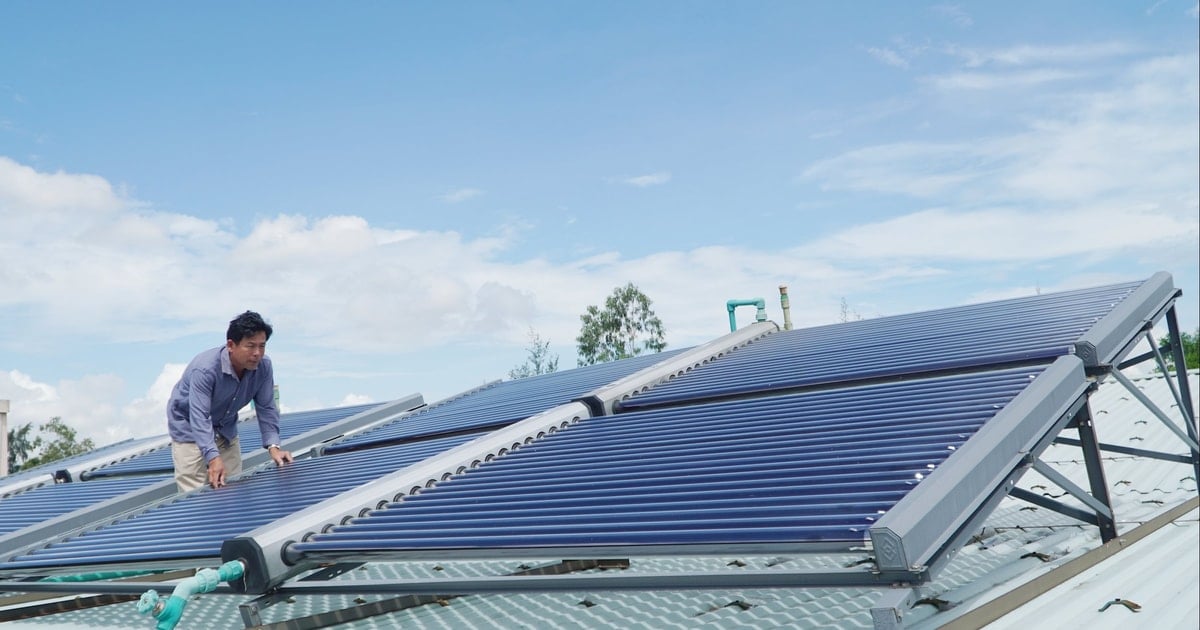








Comment (0)